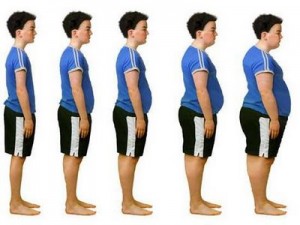 Multitasking has become a way of life in this digital age, where most people can access their e-mail, their calendars and make phone calls from a mobile device they keep in their pockets or purse. While communication-on-the-go certainly can make us more efficient, it can have dire consequences as well.
Multitasking has become a way of life in this digital age, where most people can access their e-mail, their calendars and make phone calls from a mobile device they keep in their pockets or purse. While communication-on-the-go certainly can make us more efficient, it can have dire consequences as well.
Some 200,000 car accidents each year are caused by texting while driving, according to a report from the National Safety Council, a nonprofit group recognized by congressional charter as a leader on safety.
The scientific literature backs up the report. A 2009 study of long-haul truckers by the Virginia Tech Transportation Institute found drivers were more than 23 times more likely to experience a safety-critical event when texting. The study also found that drivers typically take their eyes off the road for an average of four out of six seconds when texting, during which time he travels the distance of a football field without their eyes on the road.
Another study by psychologists and the University of Utah found that texting while driving is riskier than talking on a cell phone or with another passenger. In the study, people texting in a driving simulator had more crashes, responded more slowly to brake lights on cars in front of them, and showed more impairment in forward and lateral control than did drivers who talked on a cell phone or drove without texting.
The Utah study found that drivers who talked on the phone attempted to divide their attention between the conversation and driving, adjusting the priority of each activity based on what was happening on the road. But texting required drivers to switch their attention from one task to the other, causing a substantial reduction in reaction times compared to those talking on the phone.
State governments are responding to the evidence. Text messaging is banned for all drivers in 30 states and the District of Columbia. In addition, novice drivers are banned from texting in 8 states. And President Barack Obama issued a texting-ban while driving for on all federal employees while using a government vehicle or government-issued cell phone.
The take home message: Save your text for non-driving times.
– Sheri Hall








